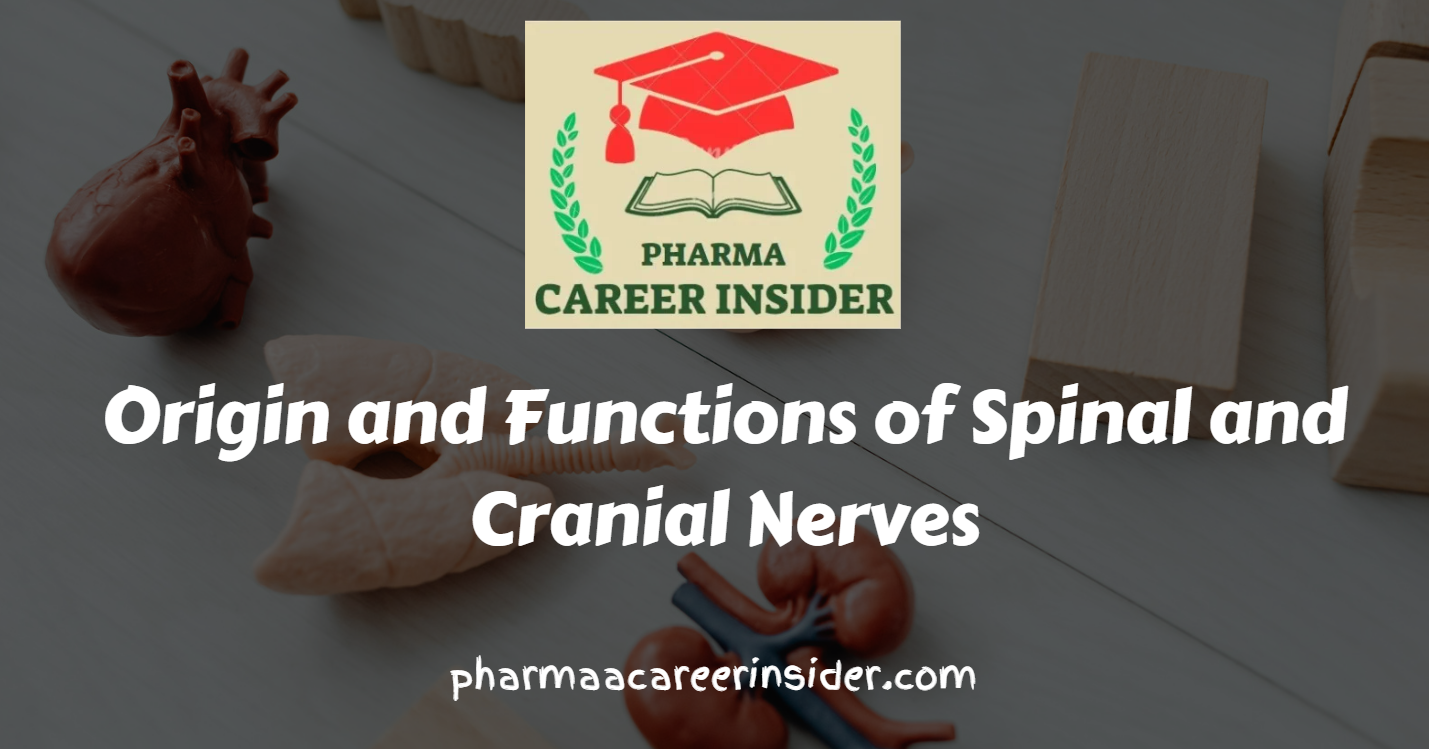Nose: Structure and Functions
The nose is a multifunctional organ located on the face and serves several important roles in the human body. Its structure and functions encompass the sense of smell and the respiratory and filtration processes. Here is a detailed note on the structure and functions of the nose: Structure of the Nose 1. External Nose: … Read more










